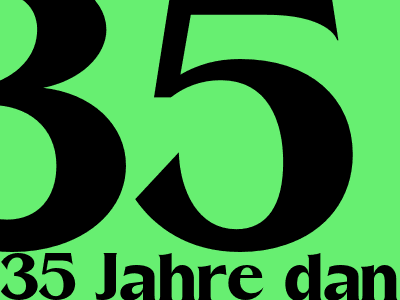
35 Years On: Where the Berlin Wall Still Casts a Shadow
A Divided City, a Divided People
The Berlin Wall, a symbol of division and oppression, fell 35 years ago. Yet, its legacy continues to shape the city of Berlin and its people. The physical scars of the wall may have faded, but its psychological and social impacts linger.
Traces of the Wall
Remnants of the wall can still be found scattered throughout Berlin. The East Side Gallery, a vibrant stretch of painted wall segments, serves as a reminder of the city's troubled past. The Checkpoint Charlie, once the main crossing point between East and West Berlin, now stands as a museum dedicated to the Cold War era.
Invisible Boundaries
Physical barriers may have vanished, but invisible boundaries remain. Cultural differences between former East and West Berliners persist. Language, mentality, and economic disparities still play a role in shaping people's identities and perspectives.
Social and Economic Divides
The economic disparities between former East and West Berlin remain evident. Unemployment rates and income levels vary significantly between the two halves of the city. Former East Berlin neighborhoods are often characterized by older infrastructure, while West Berlin areas enjoy more modern amenities.
Healing and Reconciliation
Despite these challenges, Berlin has made significant strides towards healing and reconciliation. The city has become a symbol of unity and a reminder of the power of overcoming adversity. Initiatives such as the Berlin Wall Memorial and the Reconciliation Path aim to bridge the gap between former East and West Berliners.
Conclusion
Thirty-five years after its fall, the Berlin Wall continues to cast a shadow on the city and its people. Its physical remnants serve as a reminder of the past, while its psychological and social impacts shape the present. Yet, Berlin has emerged as a symbol of resilience and unity, demonstrating the power of healing and reconciliation.